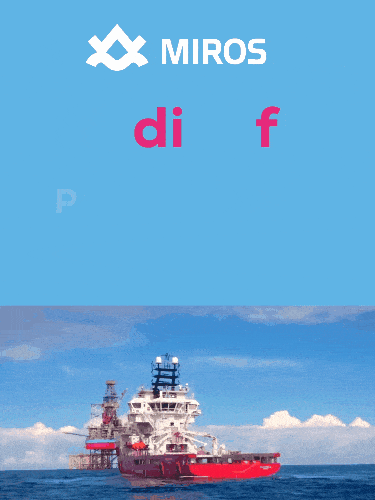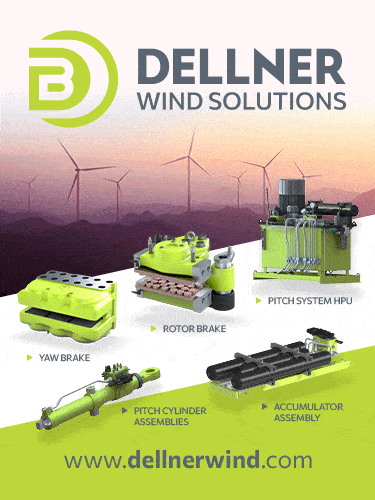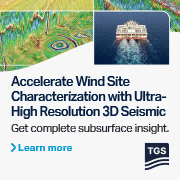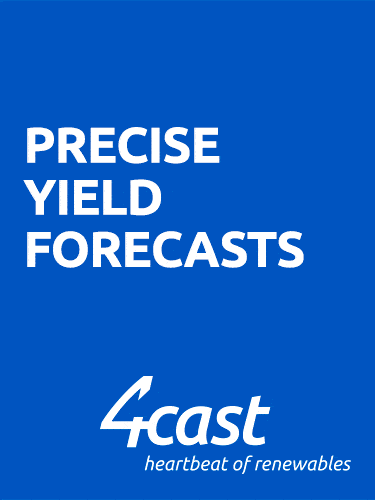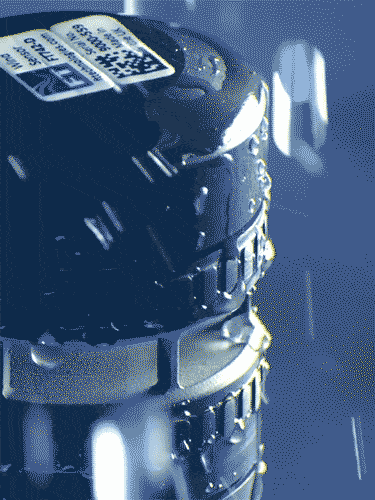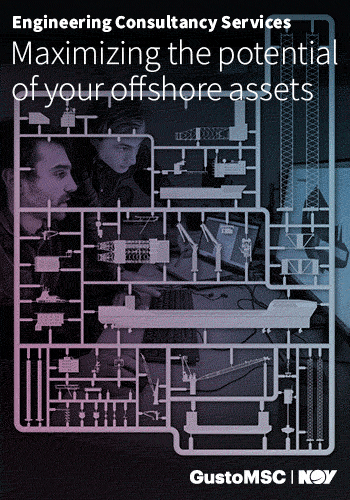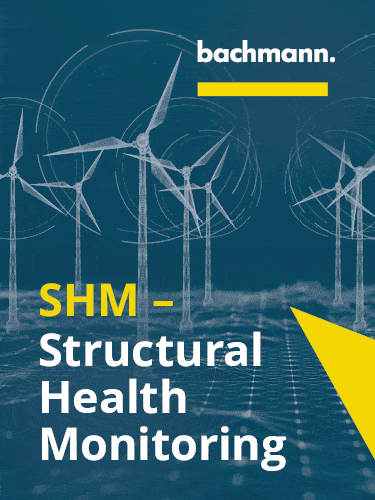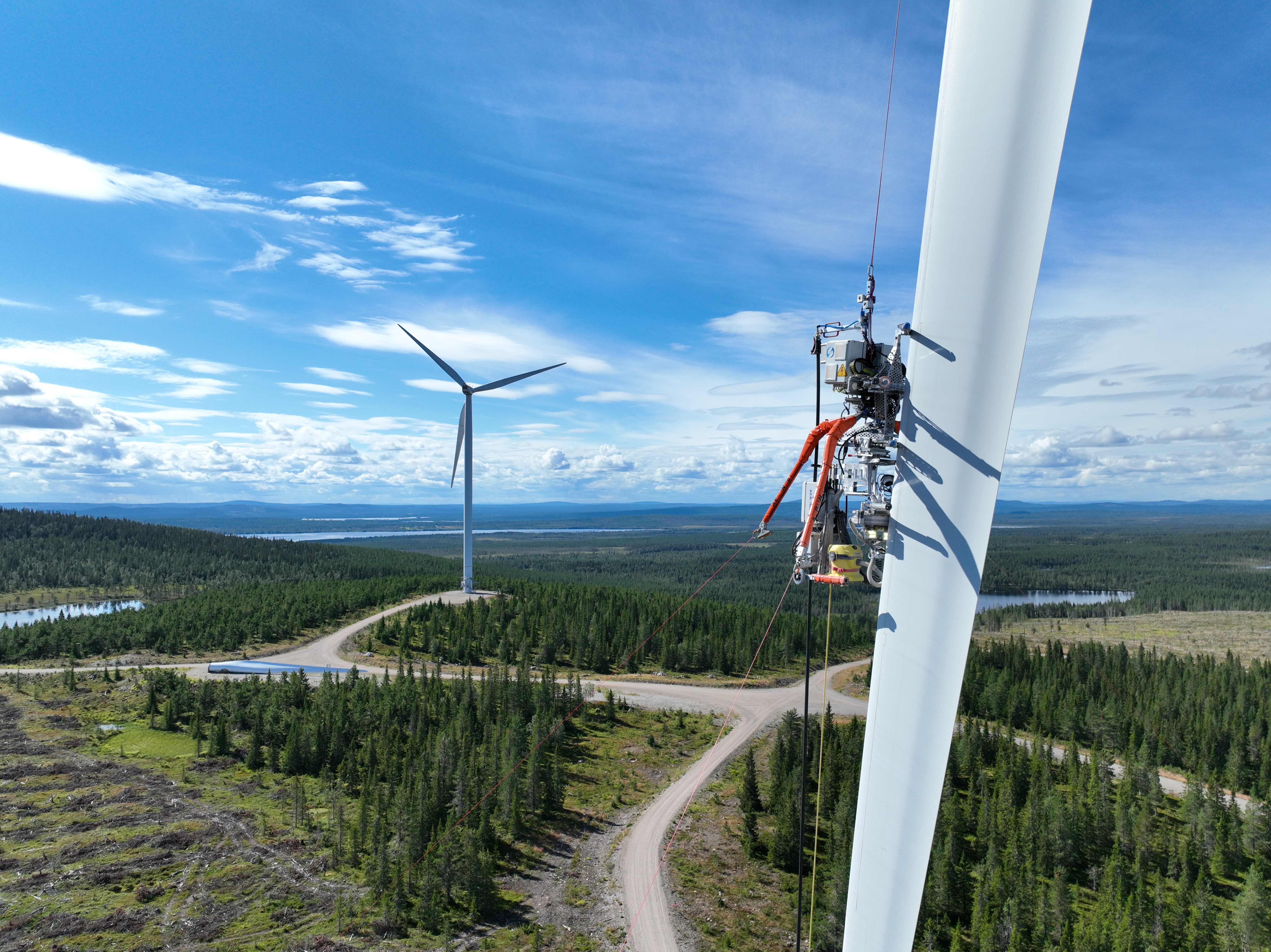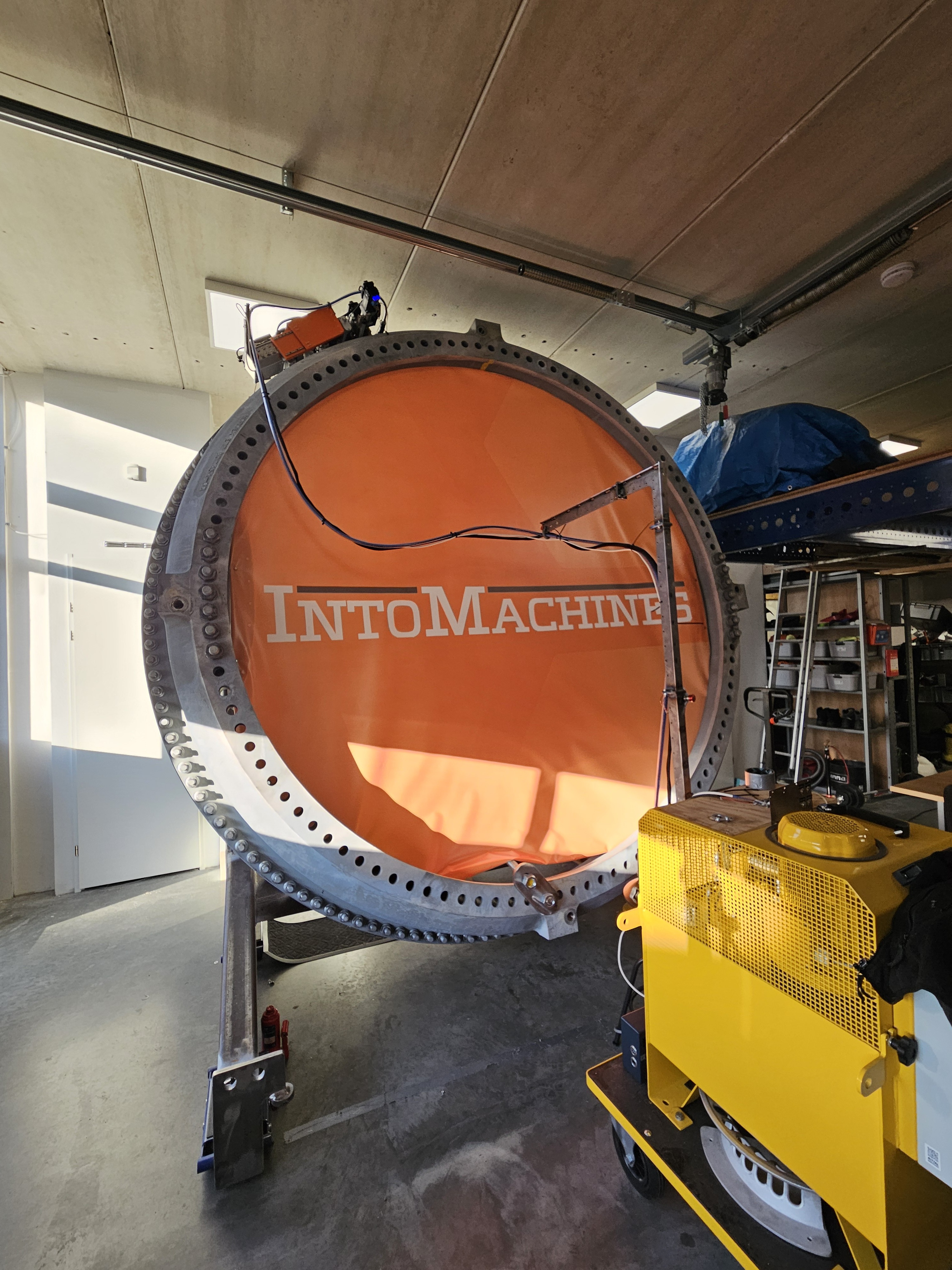Exclusive Articles
Accelerating offshore wind development through integrated 3D surveys
Published in: Wind, Think Tank, Exclusive Articles
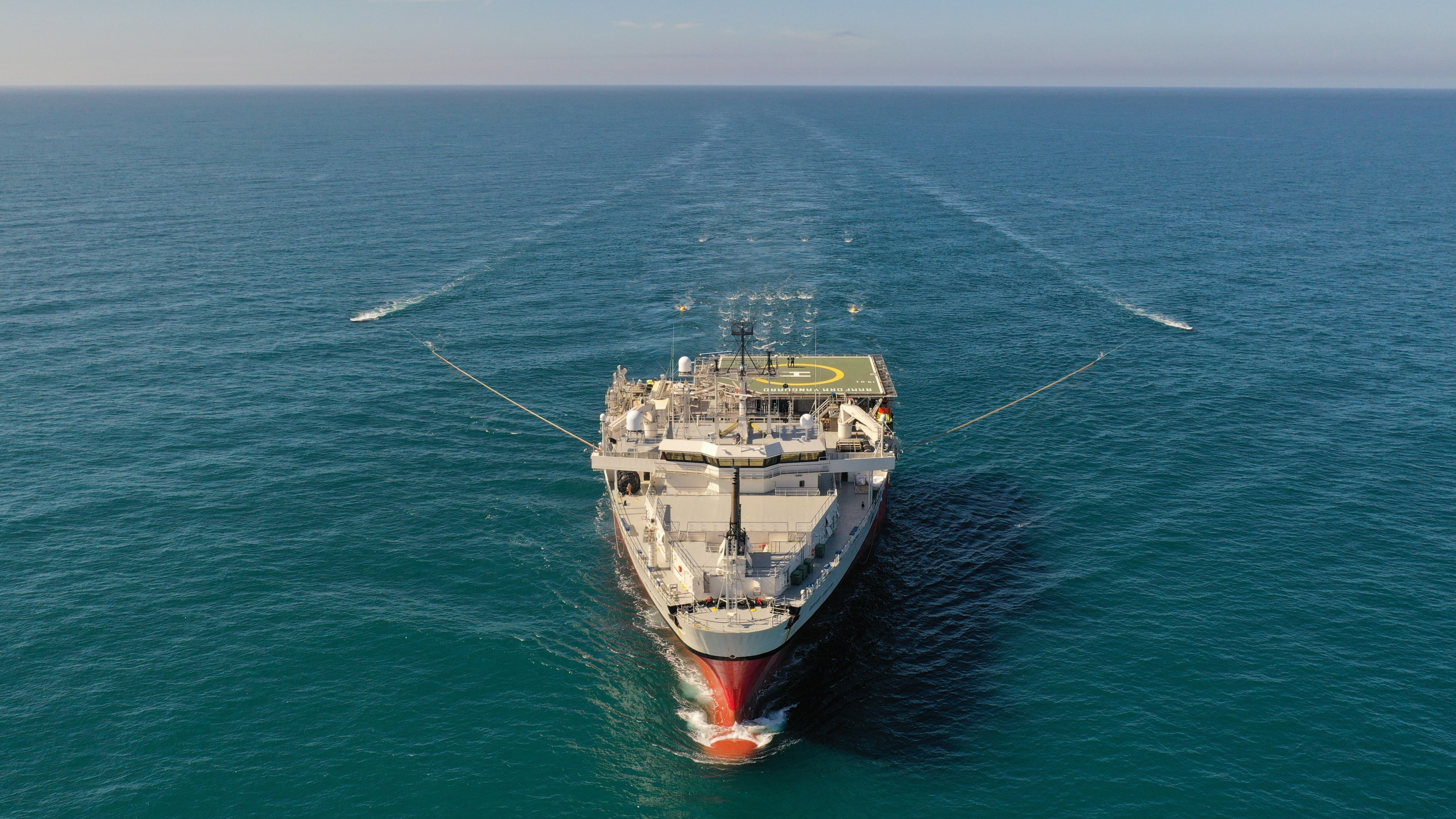
Offshore wind development is accelerating globally, driven by ambitious energy transition goals. Yet, one of the persistent bottlenecks in project timelines and budgets is site characterization. Traditional approaches are often sequential and fragmented, and struggle to keep pace with the scale and complexity of developing modern wind farms. This article explores how integrated Ultra-High Resolution 3D (UHR3D) geophysical and hydrographic surveys offer a transformative solution, enabling faster, more precise and cost-effective site characterization.
The challenge of site characterization
Before construction begins, developers must understand the seabed and subsurface conditions to design safe and cost-effective foundations. Conventional workflows typically involve multiple surveys over several years, starting with reconnaissance-level 2D seismic and hydrographic data, as well as preliminary geotechnical sampling and testing. Both geophysical and geotechnical surveys that follow are iterative as the level of commitment to developing the site grows and more detailed knowledge of the seabed and subsurface is sought.
This cyclical approach introduces delays, increases costs, and often leaves residual uncertainty in subsurface models as ultimately the subsurface is not investigated in 3D. Methods to interpolate between data points and profiles must be employed.
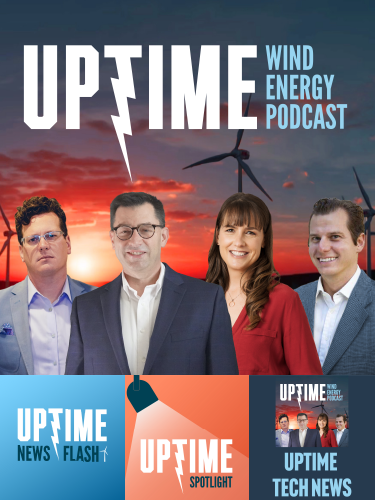
.gif)
